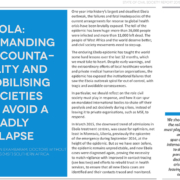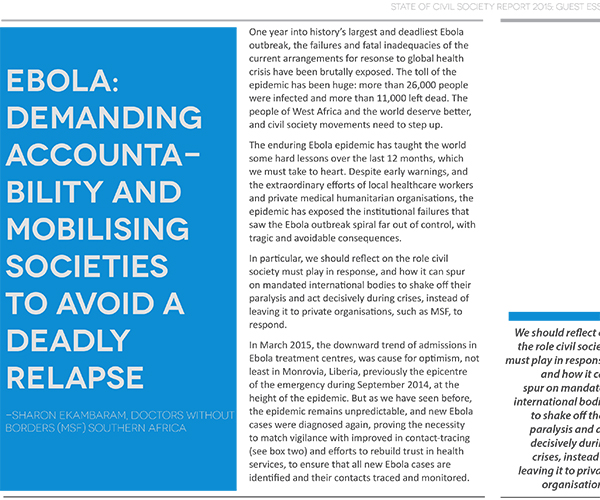Ebola Communication Preparedness Implementation Kit
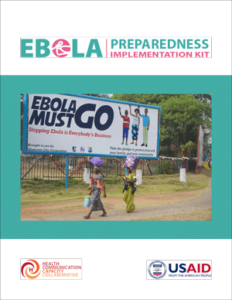 Now also available in French, this toolkit developed by CCP provides national and local stakeholders, as well as program managers, with key considerations and a roadmap for instituting and implementing critical, relevant, practical and timely communication for responding to the threat of an Ebola Virus Disease (EVD) outbreak. The I-Kit guides countries in social and behavior change communication (SBCC) and risk communication activity planning, including communication plan development for every stage of an Ebola response. For any country facing a major health crisis, national preparedness plans need to include and support communication efforts. Integration of communication into the preparedness agenda from the outset ensures that preparedness communication is harmonized, relevant, timely, financially supported and aligned among all of the preparedness technical teams. Robust national communication preparedness plans maximize the effectiveness of Ebola communication and equip communication trainers and experts with a common set of tools and modules.
Now also available in French, this toolkit developed by CCP provides national and local stakeholders, as well as program managers, with key considerations and a roadmap for instituting and implementing critical, relevant, practical and timely communication for responding to the threat of an Ebola Virus Disease (EVD) outbreak. The I-Kit guides countries in social and behavior change communication (SBCC) and risk communication activity planning, including communication plan development for every stage of an Ebola response. For any country facing a major health crisis, national preparedness plans need to include and support communication efforts. Integration of communication into the preparedness agenda from the outset ensures that preparedness communication is harmonized, relevant, timely, financially supported and aligned among all of the preparedness technical teams. Robust national communication preparedness plans maximize the effectiveness of Ebola communication and equip communication trainers and experts with a common set of tools and modules.
Sources:

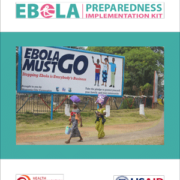
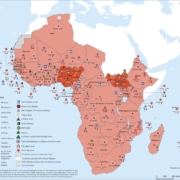
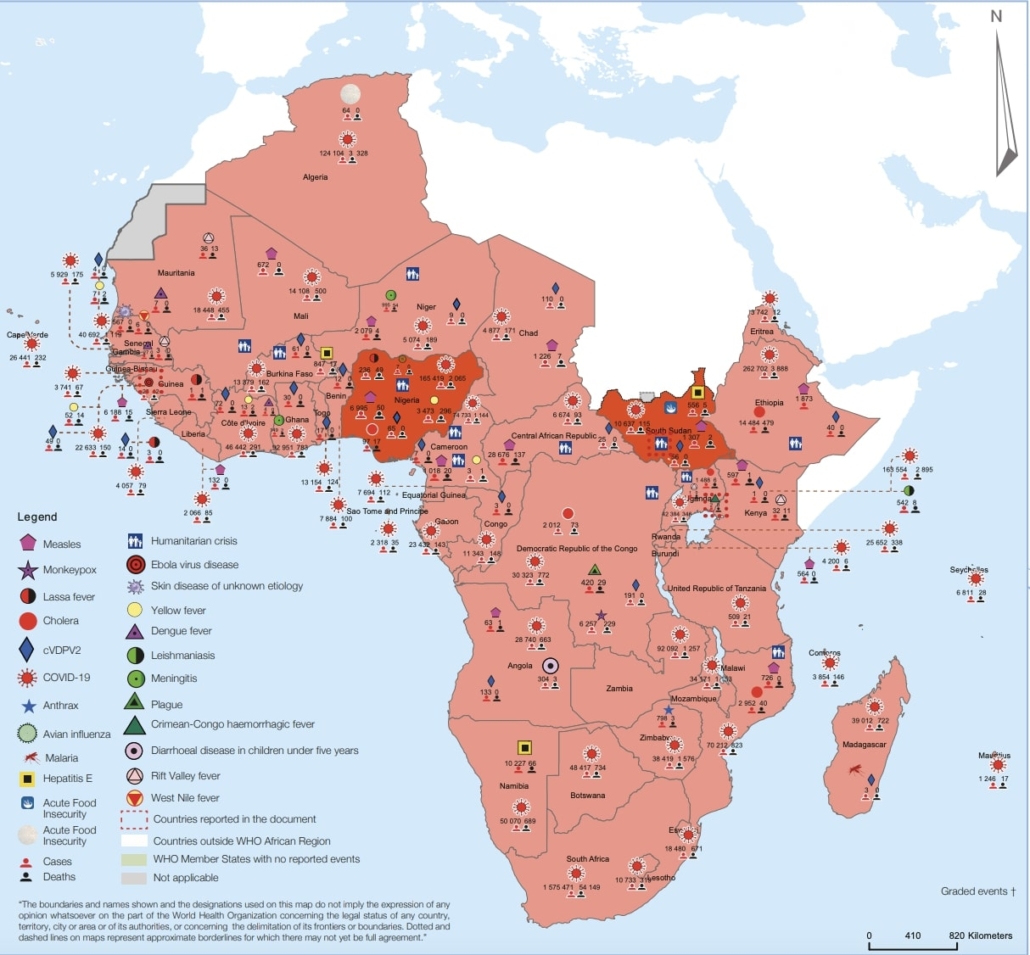 This Weekly Bulletin focuses on public health emergencies occurring in the WHO African Region. The WHO Health Emergencies Programme is currently monitoring 129 events in the region. Weekly articles cover a range of diseases and currently include, amongst others: COVID-19 across the WHO African region and Ebola virus disease in Guinea.
This Weekly Bulletin focuses on public health emergencies occurring in the WHO African Region. The WHO Health Emergencies Programme is currently monitoring 129 events in the region. Weekly articles cover a range of diseases and currently include, amongst others: COVID-19 across the WHO African region and Ebola virus disease in Guinea.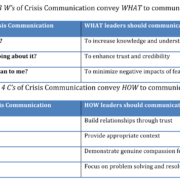
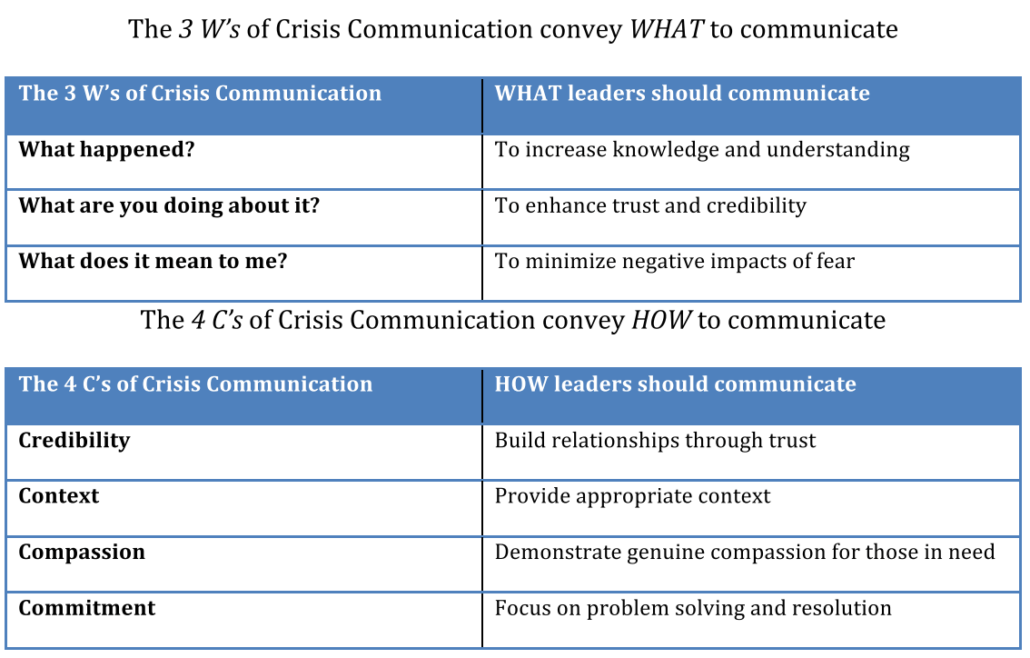 This article (published in Military Medicine (2020) provides tips for leaders on “what to communicate and how to communicate” during a crisis, using lessons learned from the Ebola outbreak as well as lessons now emerging from the Coronavirus Disease 2019 (COVID-19) pandemic. This perspective offers practical guidelines for leaders identified here as the 3 W’s and 4C’s of crisis communication.
This article (published in Military Medicine (2020) provides tips for leaders on “what to communicate and how to communicate” during a crisis, using lessons learned from the Ebola outbreak as well as lessons now emerging from the Coronavirus Disease 2019 (COVID-19) pandemic. This perspective offers practical guidelines for leaders identified here as the 3 W’s and 4C’s of crisis communication.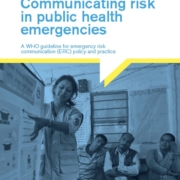
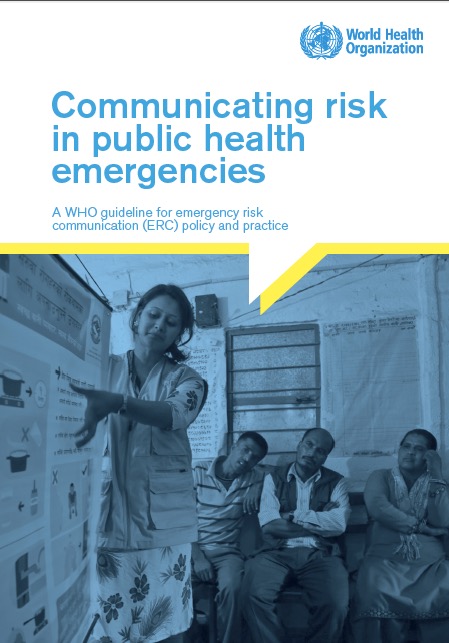 This WHO guide for emergency risk communication (ERC) policy and practice provides overarching, evidence-based guidance on how risk communication should be practiced in an emergency. The recommendations also guide countries on building capacity for communicating risk during health emergencies.
This WHO guide for emergency risk communication (ERC) policy and practice provides overarching, evidence-based guidance on how risk communication should be practiced in an emergency. The recommendations also guide countries on building capacity for communicating risk during health emergencies.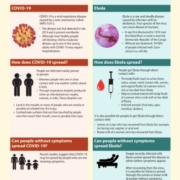
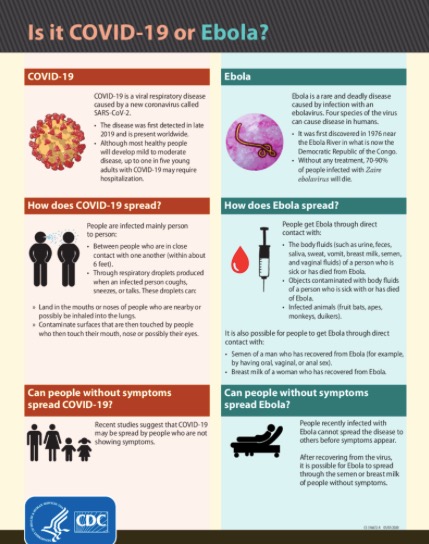 This fact sheet distinguishes between Covid-19 and Ebola in terms of cause, transmission, signs and symptoms and risk factors.
This fact sheet distinguishes between Covid-19 and Ebola in terms of cause, transmission, signs and symptoms and risk factors.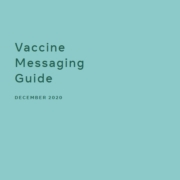
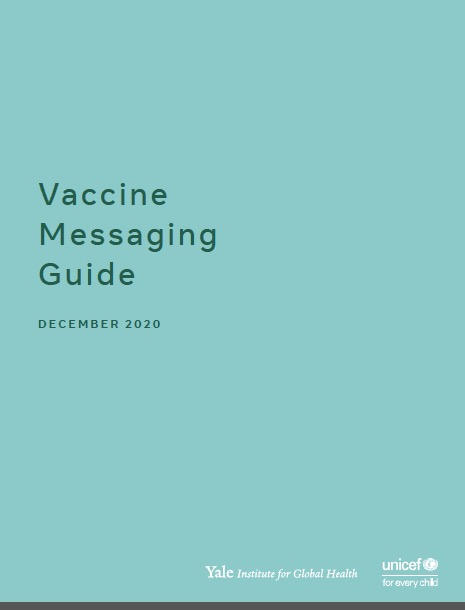 This Guide was developed by the Yale Institute of Global Health and the UNICEF Demand for Immunization team. It is intended for public health professionals, communicators, advocates and anyone else who wishes to create pro-vaccine content to motivate people to vaccinate themselves and their entourage.
This Guide was developed by the Yale Institute of Global Health and the UNICEF Demand for Immunization team. It is intended for public health professionals, communicators, advocates and anyone else who wishes to create pro-vaccine content to motivate people to vaccinate themselves and their entourage.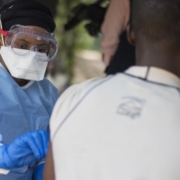
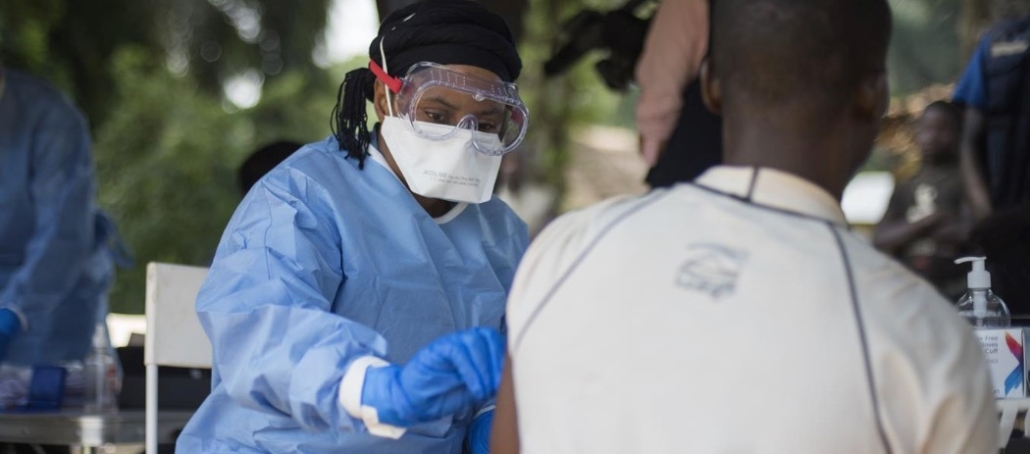 This WHO Ebola fact sheet (2021) provides comprehensive facts on Ebola, covering transmission, symptoms, prevention and control, vaccine, care for those recovered from Ebola and WHO response.
This WHO Ebola fact sheet (2021) provides comprehensive facts on Ebola, covering transmission, symptoms, prevention and control, vaccine, care for those recovered from Ebola and WHO response.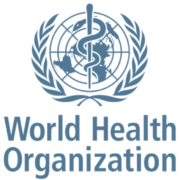
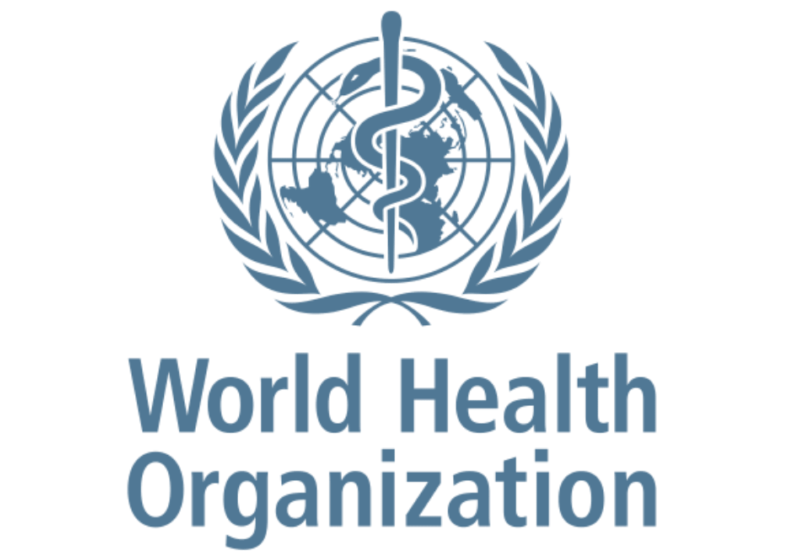
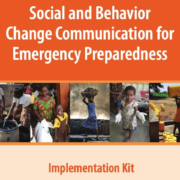
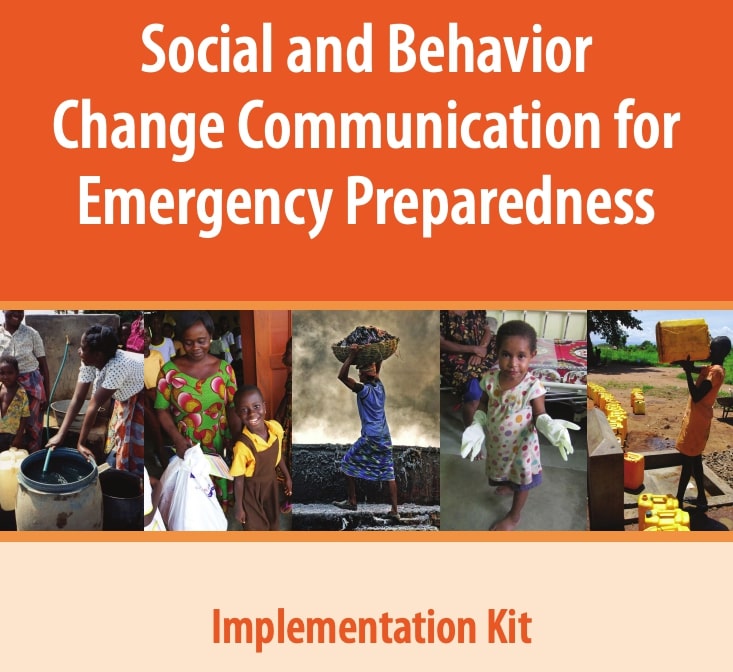 Johns Hopkins Center for Communication Programs (JHCCP) developed toolkit that provides essential information and tools for responding to an outbreak using an SBCC approach. It presents a series of nine units, each accompanied by exercise worksheets to help link the SBCC theory to practice.
Johns Hopkins Center for Communication Programs (JHCCP) developed toolkit that provides essential information and tools for responding to an outbreak using an SBCC approach. It presents a series of nine units, each accompanied by exercise worksheets to help link the SBCC theory to practice.